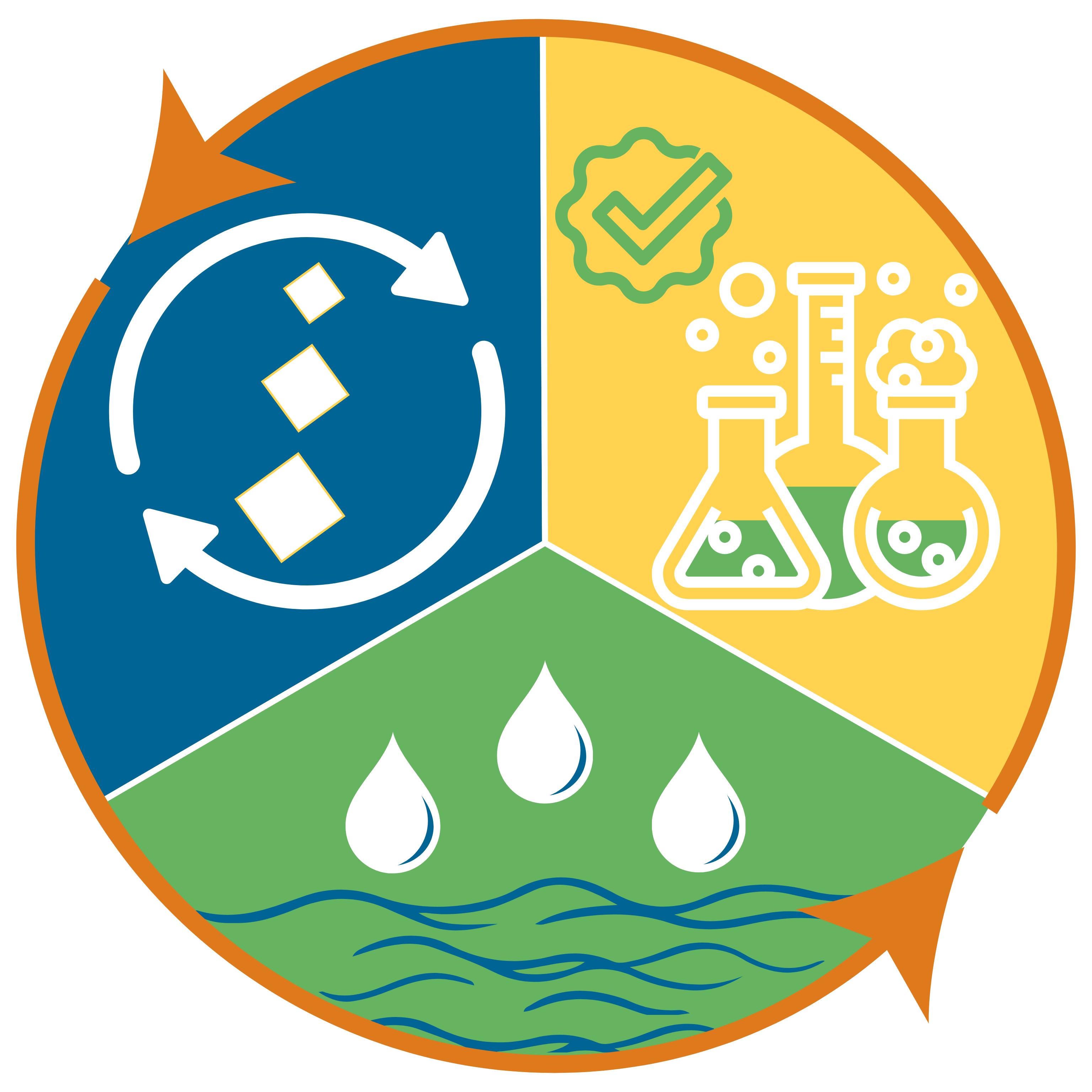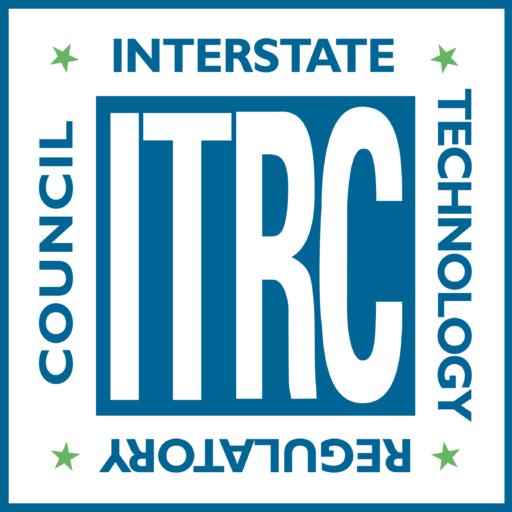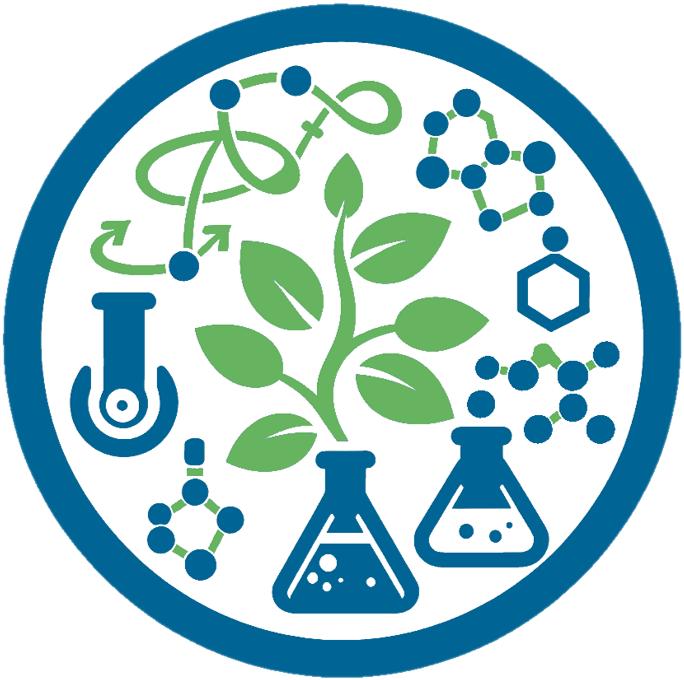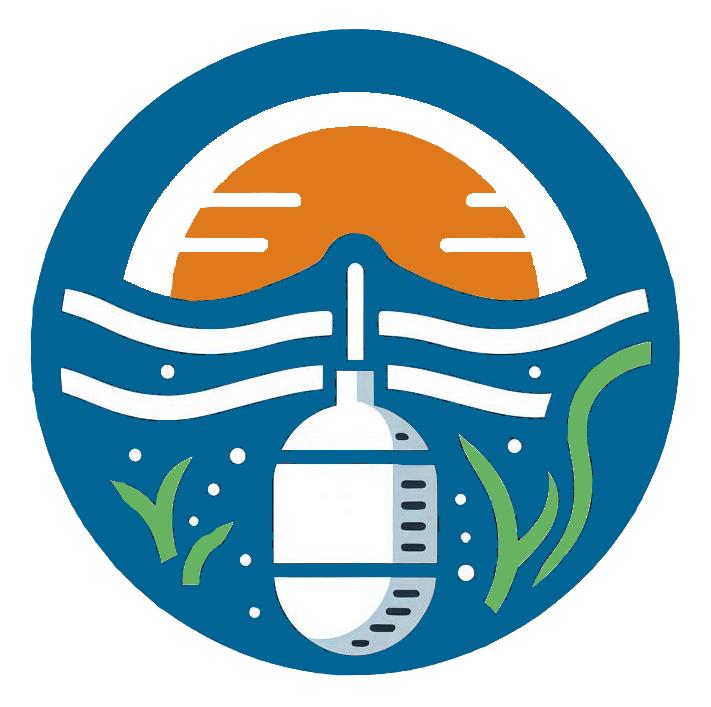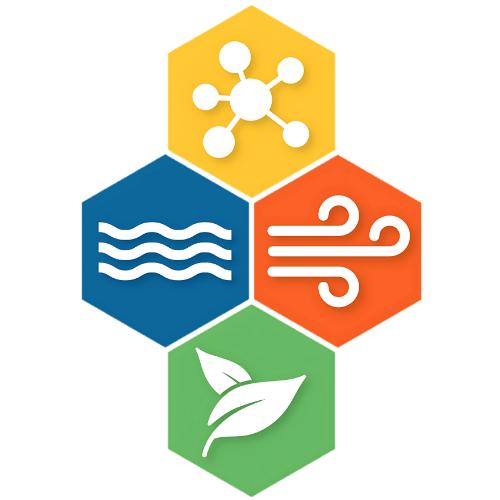
Project Initiation
Jump in at the start! Contribute your expertise by researching the topic, gathering references, and developing drafts for the final product.
Project Development
Be part of the action! Review and refine draft content, help build training resources, and connect with peers as the project takes shape.
Product Use & Education
Put the work to use! Training materials and final products are ready and available to share with your networks.
